Insulation Worldwide
Damplate small sheet
Damplate small sheet
Prices are based on square metre units.
Share
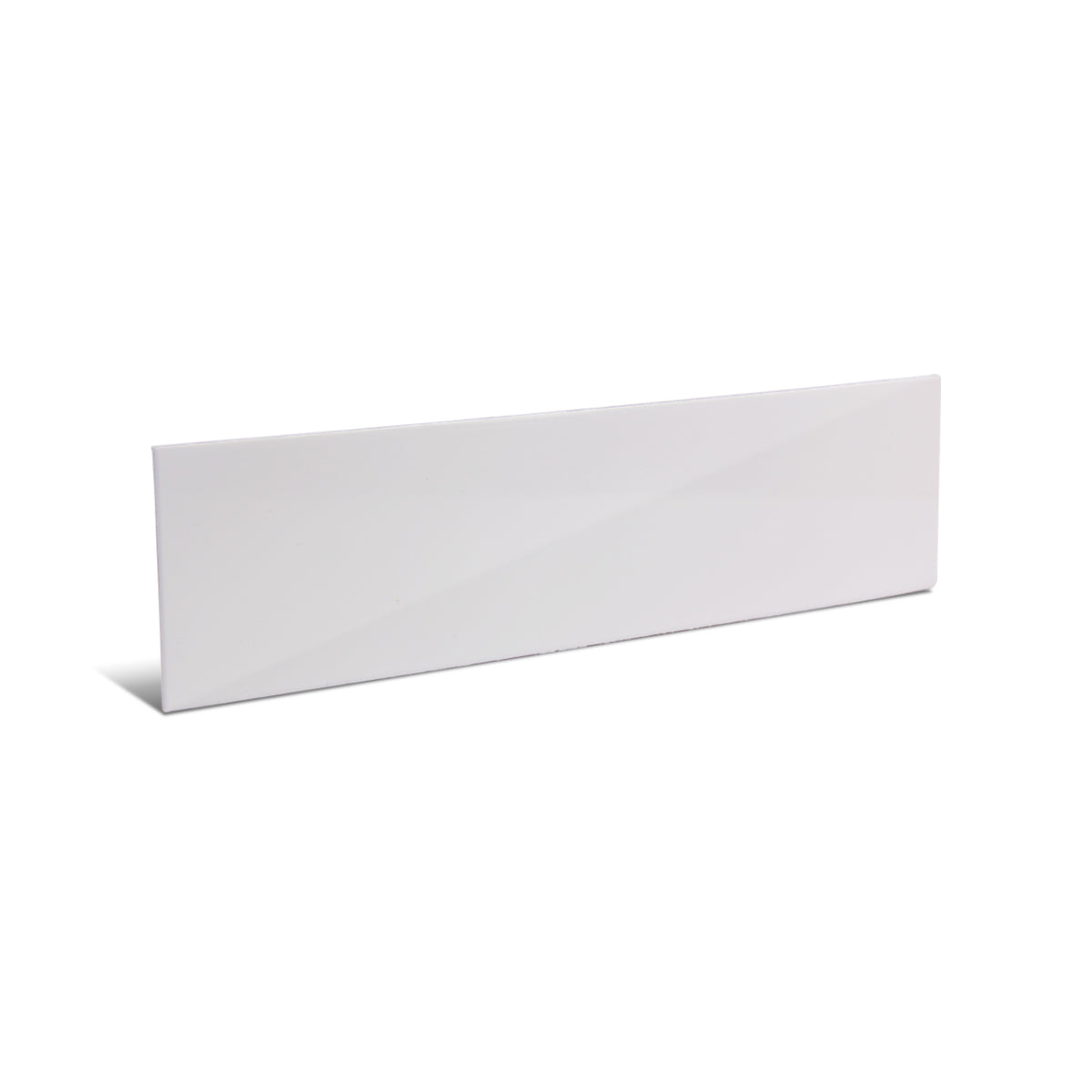
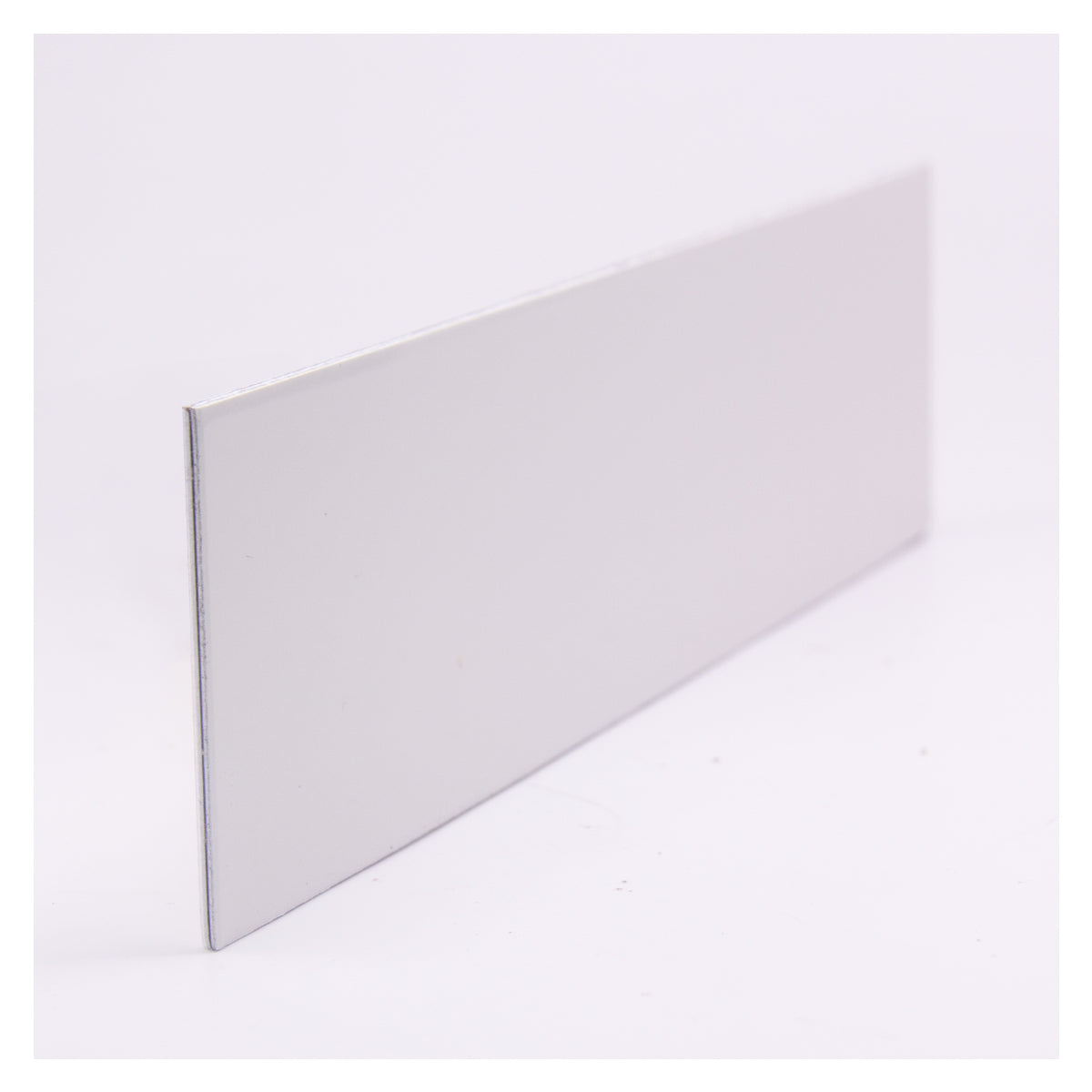
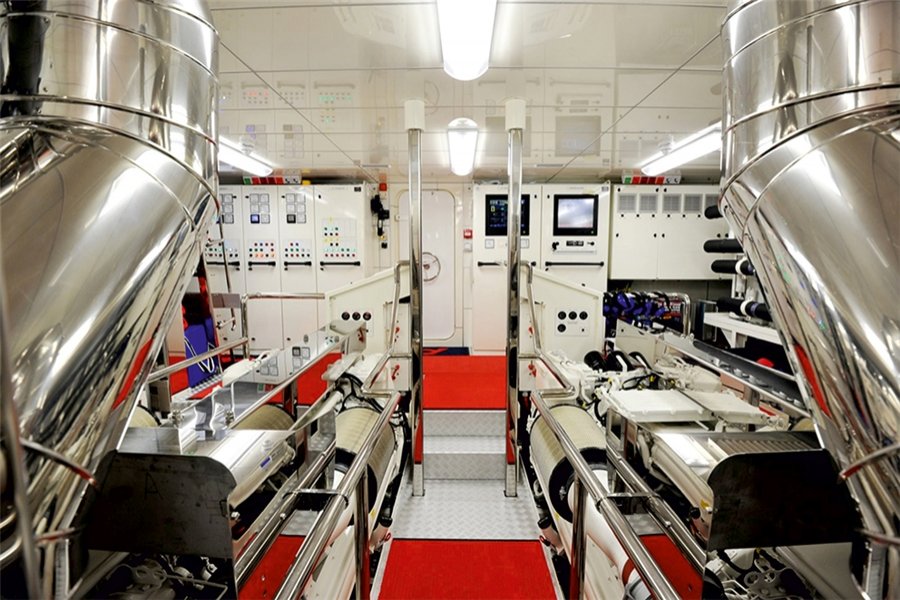
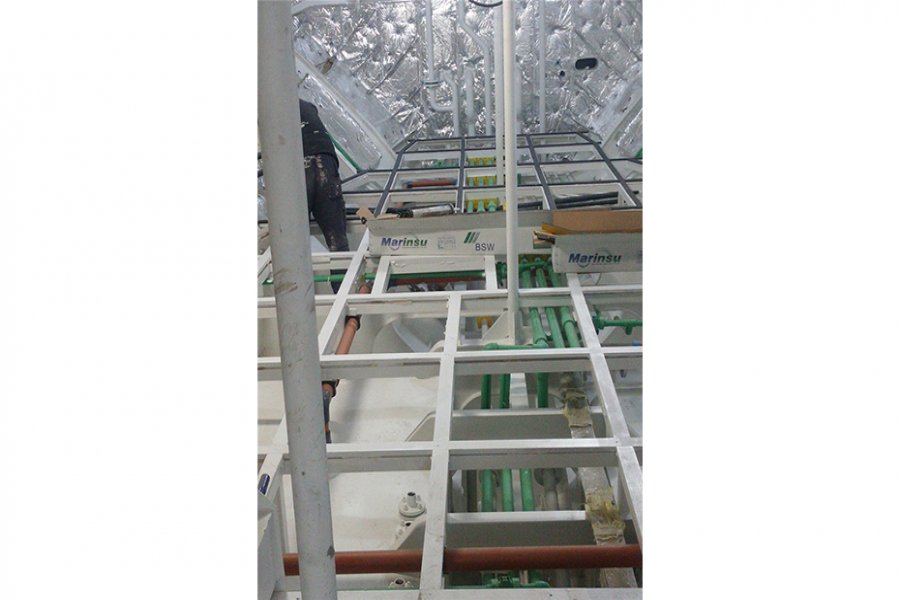
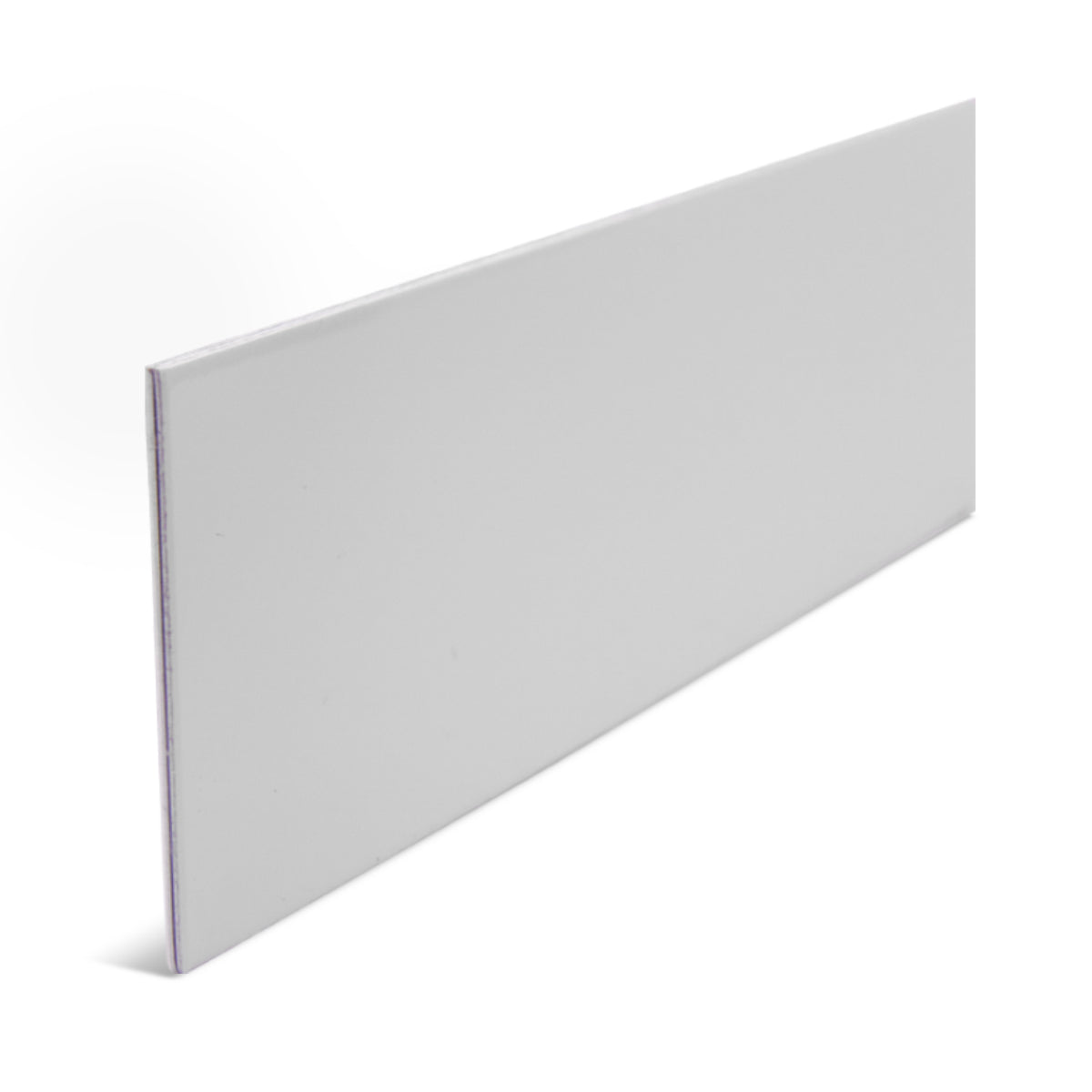
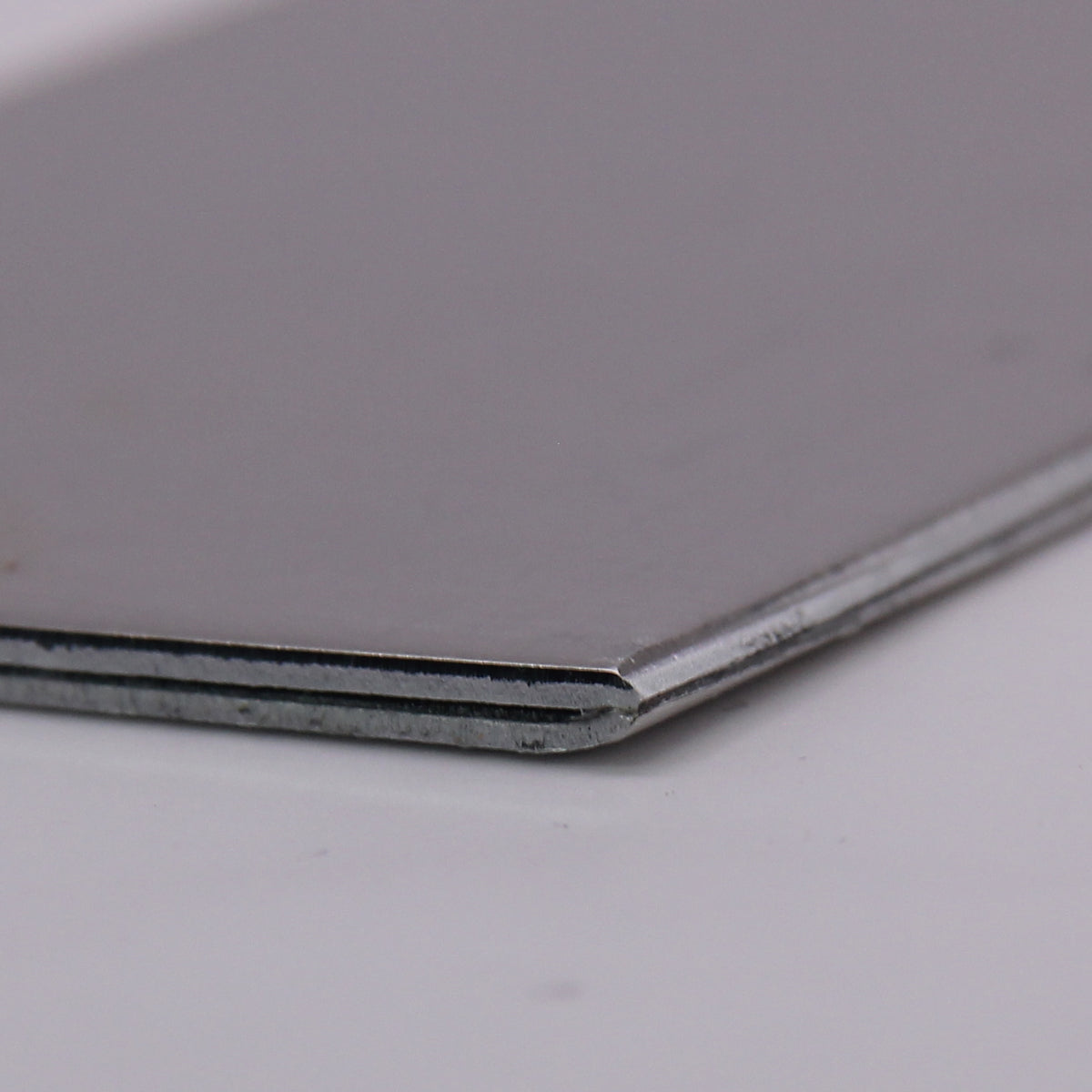
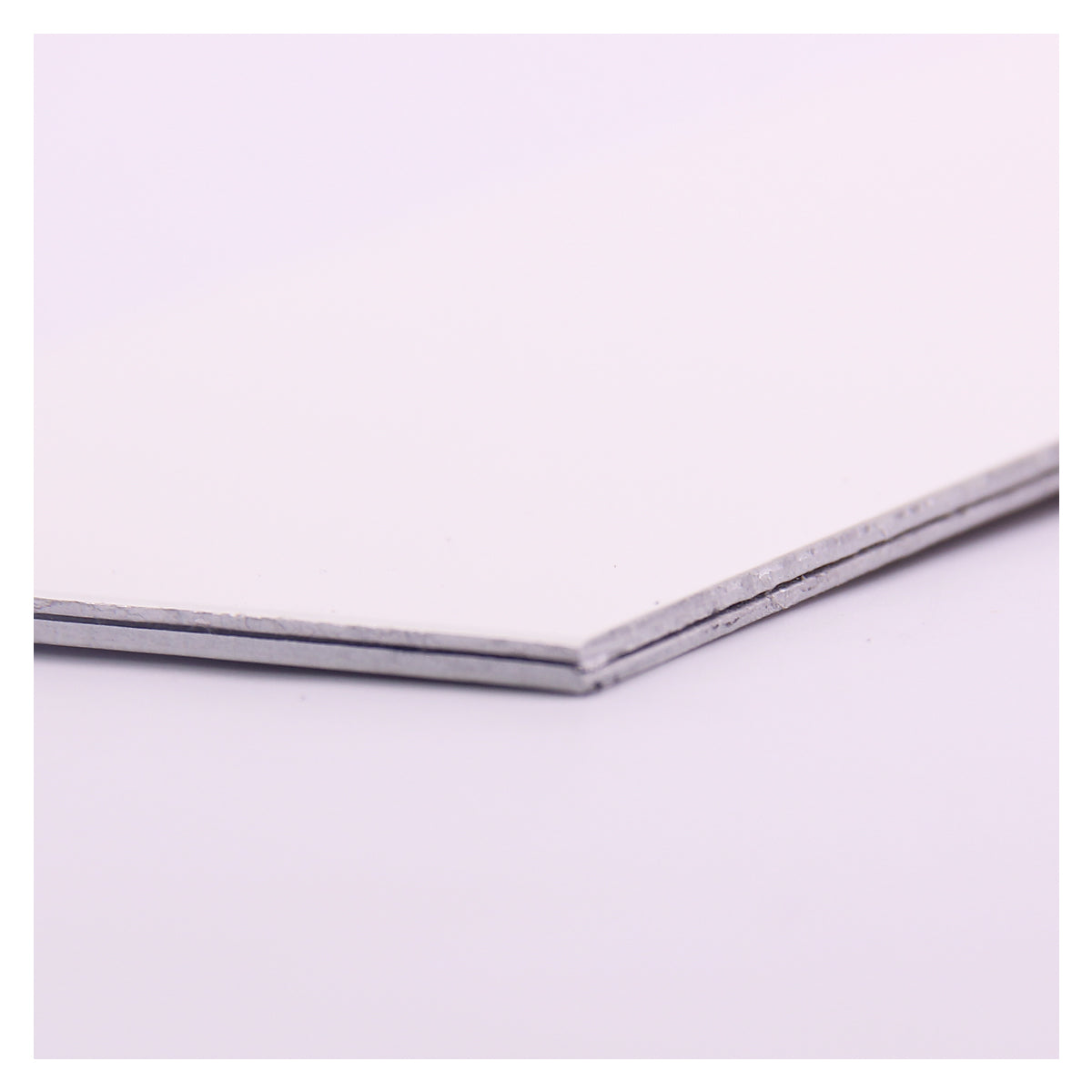
Collapsible content
Description
Damplate® is a sandwich sheet, consists of two galvanized steel or aluminium (EN AW 5754 /H22) plates with a visco elastic layer. Two plates are not touching each other due to visco elastic layer in between the two plates. damplate® is right choice for steel or aluminum structures and it's components are subject to vibrations which transmitted as structure-borne sound waves. This composite material displays high structure-borne and airborne sound damping properties and particulary designed for reducing acoustic loads where noise avoidance or damping is either uneconomical or impossible for design reasons. The viscoelastic core layer absorbs vibrations by allowing slight relative movement between the cover sheets and converting the vibration energy into heat. Compared with conventional steel or aluminum, damplate® can reduce structure-borne sound levels by up to 20dB.
FEATURED PROPERTIES
- Excellent damping ratio. Damping Loss Factor is greater than 0,426.
- For skin damping lightweight solution Superior acoustic insulation performance above 20dB
- Two versions of product is available up on application purposes for steel and aluminum surfaces.
- Electrostatic dry powder coating surface (standart RAL9010. Other colour upon request)
- Protective foil for coating surface Fire resistant viscoelastic layer EN AW 5754 (H22) aluminum and galvanized steel sheets
- Easy to install and quicker application process.
- Extended operating temperature range (-20 200 ºC)
- May be formed by shaping machine.
MATERIAL CHARACTERISTICS
The core layer of damplate® is made of a viscoelastic resin. When the composite sheet is subject to flexural vibrations, there is a slight relative movement between the cover sheets, which results in periodic shear deformations in the viscoelastic interlayer. The internal friction generated in the resins causes vibrational energy to be “ lost/converted” as mechanical energy, i.e. it is converted into heat; this dampens vibration in the composite sheet. Withins working range( 25-50 ºC) and the material achieves optimal vibration damping through a correspondingly high loss factor.
PROCESSING
Joining
Damplate® may be united by all standard joining techniques. Mechanical methods include joining with screws or rivets, but also folding and clinching. Adhesive bonding, resistance and fusion welding are other commonly used methods. Most mechanical joining techniques commonly used with standard metal sheet can be applied to the composite material without tooling modifications. The strengths of the resulting joints are in the same order of magnitude as those obtained with steel sheet. Screws require tightening to a specific torque, and it should be noted that the viscoelastic interlayer, which exhibits viscoelastic properties in the specified temperature service range, will yield locally under the resulting pressure. Damplate® can be riveted both manually(e.g using hand-held riveting tongs) and with automatic machinery. Conventional riveting (from both sides) and blind riveting have both given good results. Self-piercing/riveting techniques with solid and semi-tabular rivets may also be used. Adhesive bonding eliminates ( or at least significantly reduces) the thermal and mechanical loading, similar to other joining methods. Damplate is suitable for adhesive bonding and is generally equivalent to a steel or aluminium sheet, with an identical surface quality. However, it is essential to note that only one of the cover sheets is involved in the joint.
Cutting
Cutting processes are known to give good results with Damplate®, including mechanical methods such as shearing, punching, blanking and drilling, but also water jet cutting.
Coating
Typical pretreatment and painting processes (electrocoating) can be used without impairing the baths. Damplate® can be painted like normal steel and aluminum sheet. To prevent run-out the overheating temperatures should not exceed the admissible limits. damplate® will resist these temperatures without interlayer bleed-out, cutting edges, or decomposition of the viscoelastic layer.
Recycling
The Damplate core interlayer has a maximum nominal thickness of 0.100 mm, allowing Damplate to be recycled or disposed of in the same manner as painted steel and aluminium scrap. It does not have to be treated as hazardous waste.
PROCESSING
This product is mostly applied as a (sheet) construction in the machine construction, yacht and shipbuilding, dumping bunkers, partition walls, floors, footbridges, pipeline insulation and numerous ways of other applications. Additionally it is used on oil sumps, valve and transmission covers and dash panels. damplate® is available in two variants depending on application purposes in numerous metal grades ( steel or aluminum).
Technical Specifications
Shipping & Delivery
Shipping is free for orders of 120 m² and above. For orders below 120 m², the shipping cost will be calculated accordingly. Please contact us for more details.








